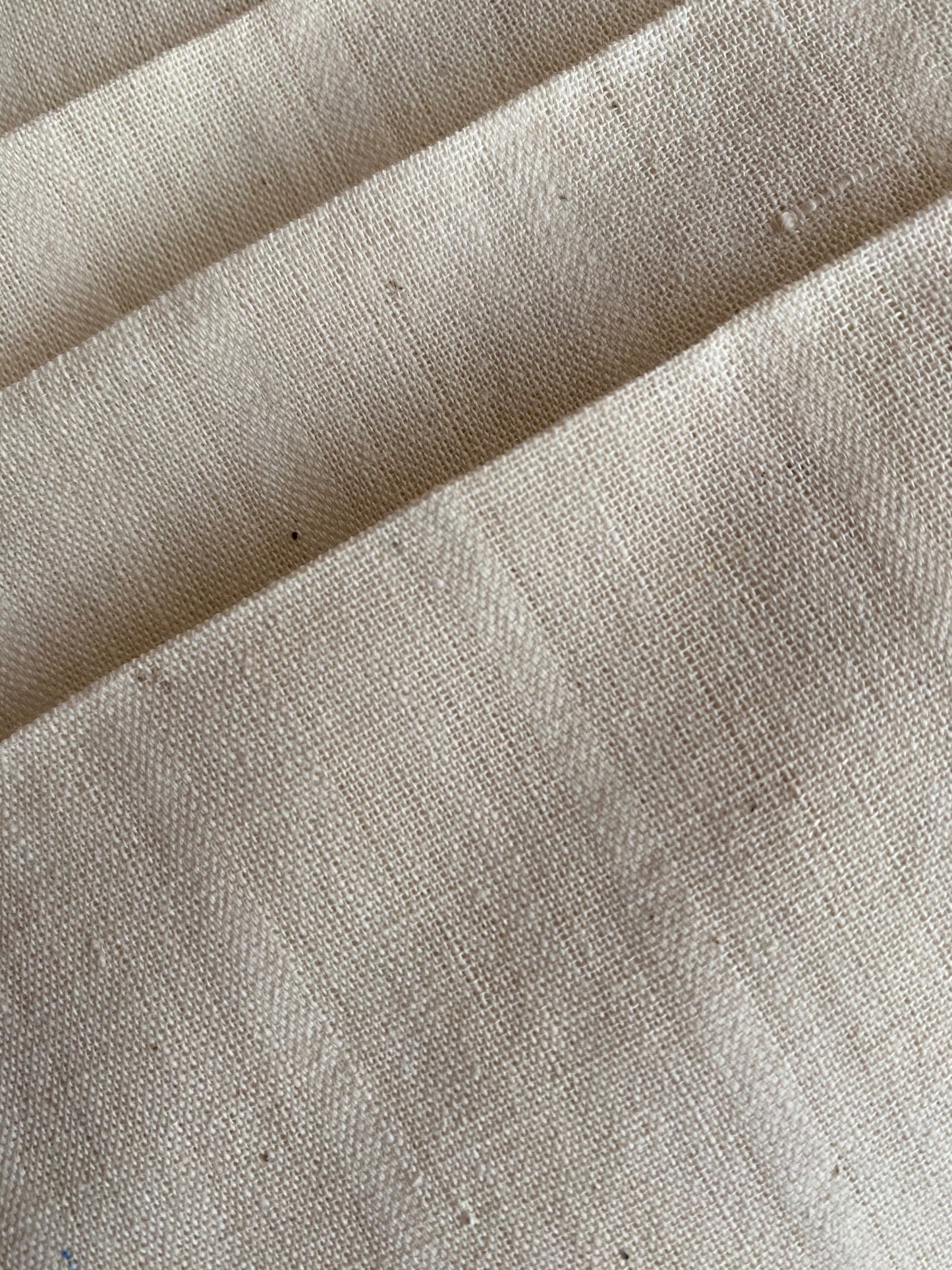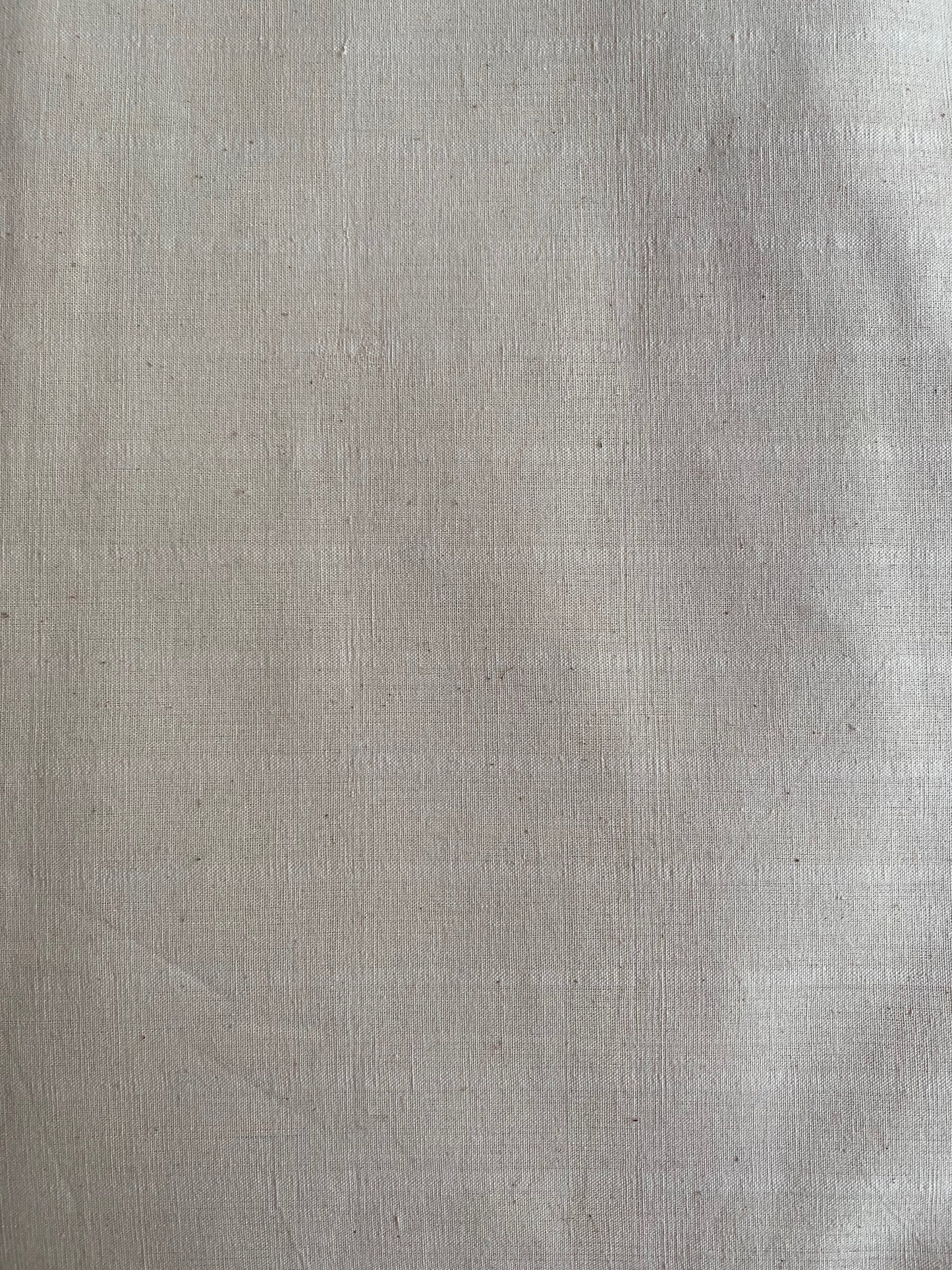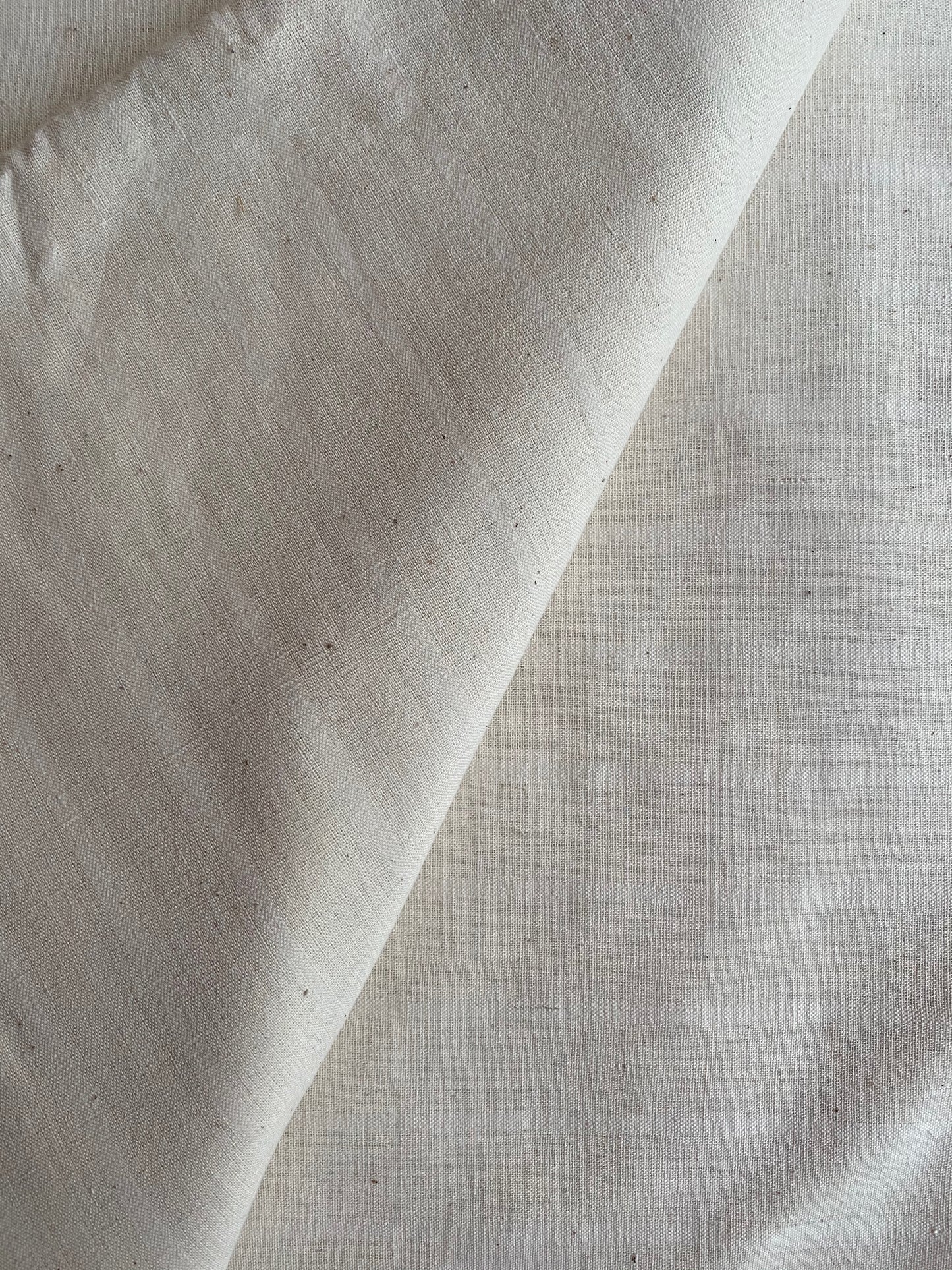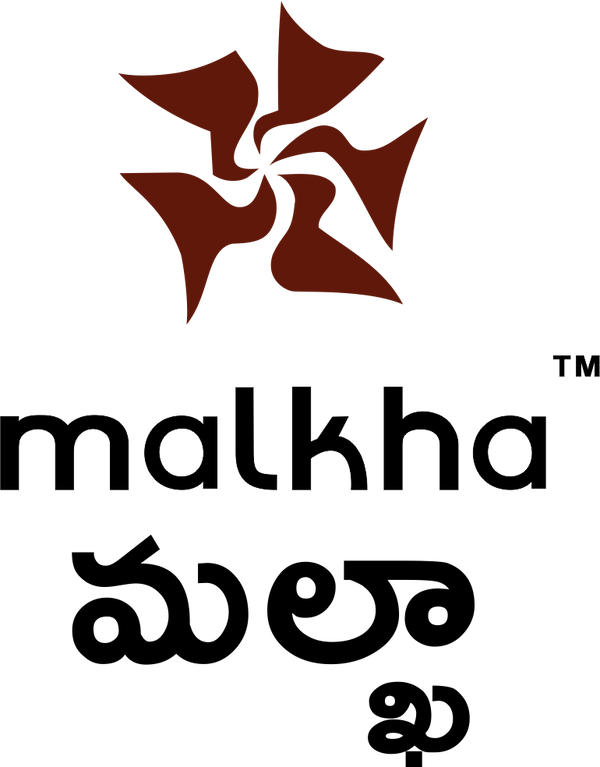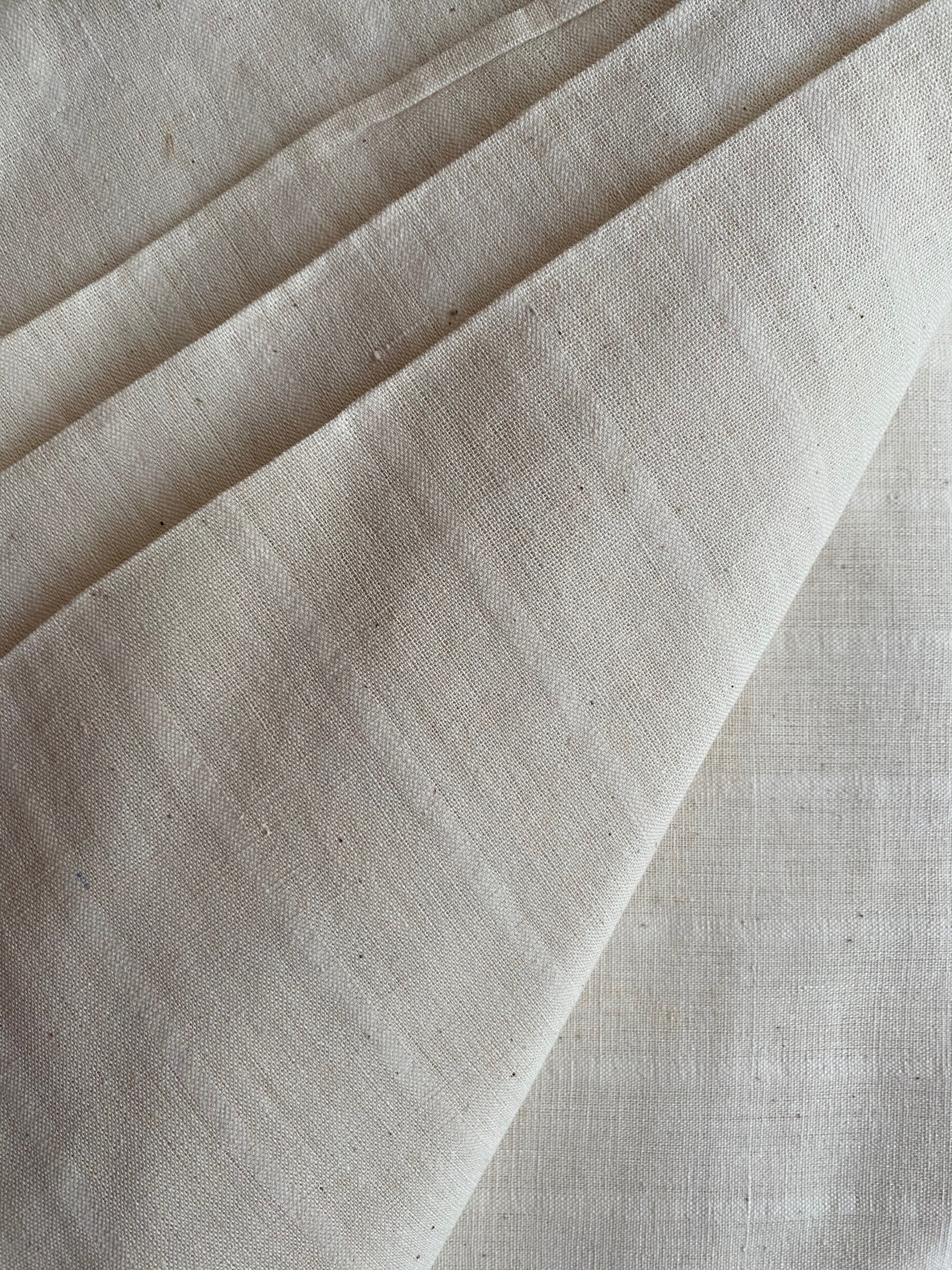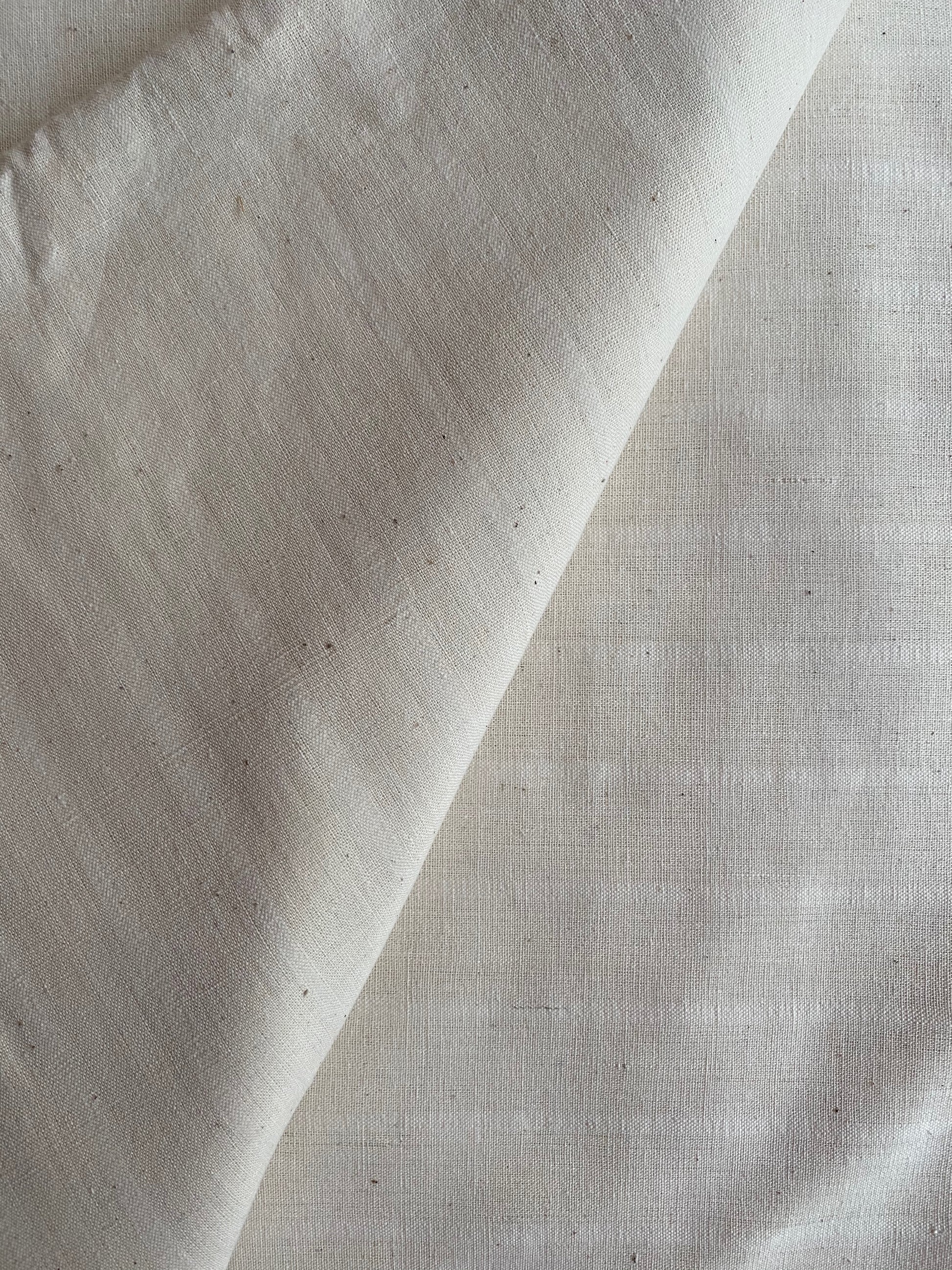MALKHA
GEOMETRIC FABRIC : KORA
GEOMETRIC FABRIC : KORA
SKU:XC4101
Couldn't load pickup availability
About our Dyes +
A variety of plant-based products go into the dyeing of Malkha yarn: Indigofera Tinctoria for indigo, Acacia Catechu for brown,Terminalia Chebula (harda) and Punica Granatum (pomegranate rind) for yellow, and Onosma Echioides (kasimi) for grey. Red, made of non-toxic alizarin, a by-product of coal tar, is the only Malkha dye not of vegetable origin. Read more here.
About the Print +
Printing of Malkha cloth is done using blocks carved out of seasoned teakwood. For natural dye printing, the cloth to be printed is prepared by mordanting with harda, dried in sunlight and then washed. For the actual printing, the fabric is stretched on a table and stamped with the blocks with one colour at a time. Each colour in the design is printed with a different block, and there can be several colours, and therefore blocks, for a design. Malkha prints are designed exclusively for Malkha by artists and designers, carved by expert block-makers and printed by traditional block printers. Read more here.
About Fabric Quality and Care+
What it feels like
When you first touch our fabric, it will feel rough but rub it against your skin, or better yet, wear it, and it will surprise you with its graceful fall and softness. The colors that the Natural Dyes impart to the Malkha fabric are deep and vibrant - imbued with the richness of the earth. They vary from season to season, as fruits and vegetables do, and so each piece is subtly unique, changing its tone with the position of the sun and the quality of the water in the nearby river.
How it ages
Malkha fabric ages much like we do, the wear and tear matches the way you use and treat it. If you want it to soften and fade and become well worn and tell your story, like wrinkles do, treat it as you will and watch the colors fade beautifully with time. If you want it to always be vibrant, like the day it was made, we suggest you skip dry cleaning, laundry detergent and if you are able, even a washing machine. Use a non-detergent soap if you must or just give it a quick hearty rinse in cold water.
Share

